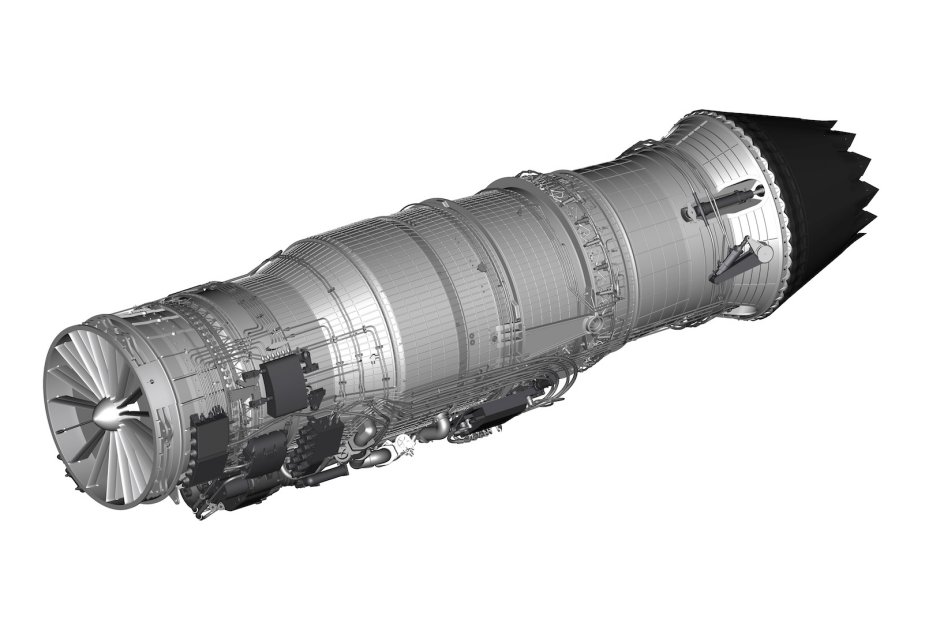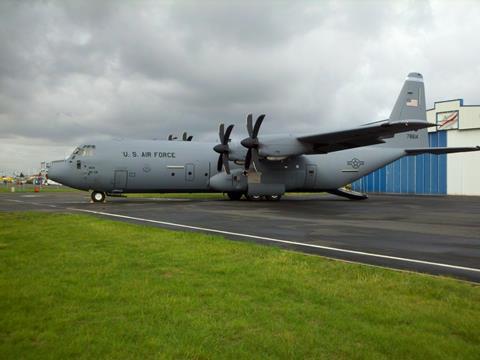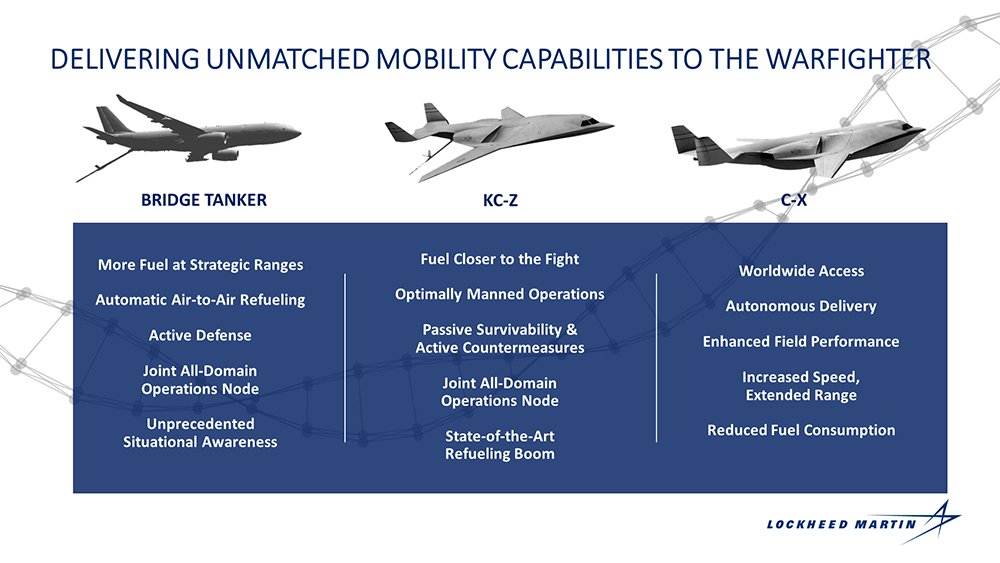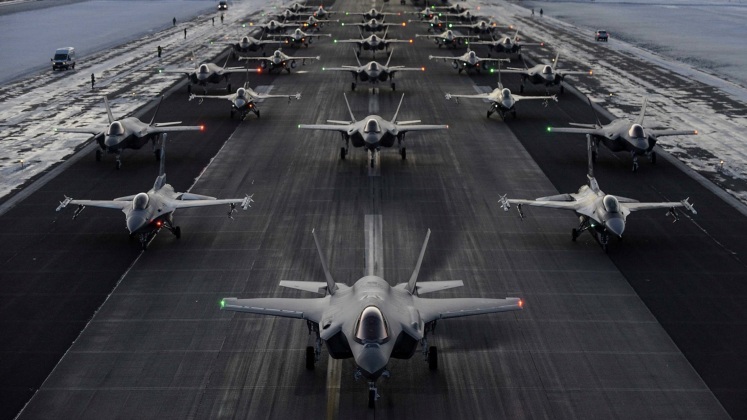vikki56
Старожил
Американский многофункциональный истребитель-бомбардировщик F-35, которые успели в бою раньше США испытать ВВС Израиля, показал важную уязвимость. Выяснилось, что при вынужденной заправки в полевых условиях истребители F-35 Lightning II нуждаются в дополнительной защите от попадания молний.
Об этом сообщает The War Zone.
При попадании молнии бортовые системы самолета могут получать серьезные повреждения. В частности, из-за молнии на F-35 из строя может выйти система ALIS, отвечающая за мониторинг состояния всех узлов, агрегатов и электронного оборудования истребителя и формирование рекомендаций по ремонту и обслуживанию самолета.
Современные самолеты, планер которых выполнен из металлических сплавов, устойчивы к попаданию молнии, поскольку их корпус представляет собой своего рода клетку Фарадея. Некоторые самолеты дополнительно оснащаются электростатическими разрядниками, основной задачей которых является снятие статического электричества с планера в полете и сброс его в атмосферу. При попадании молнии они дополнительно помогают заряду стекать с планера.
Планер истребителя F-35 в значительной степени выполнен из композиционных материалов, свойств которых недостаточно для обеспечения пассивной защиты от молний. По этой причине в начале августа текущего года Морская пехота США заказала партию из 14 молниеотводов, которые будут устанавливаться на полевых аэродромах недалеко от истребителей F-35B с вертикальными взлетом и посадкой. Эти переносные молниеотводы, обозначаемые PLP-38-MOD, могут устоять при скорости ветра до 54 метров в секунду без необходимости дополнительной фиксации.
Специалисты, проводившие проверку самолетов, обнаружили, что из-за электромагнитного поля, возникающего в момент удара молнии, может неправильно работать или выходить из строя бортовое радиоэлектронное оборудование самолетов.
Кроме того, попадание молнии могло привести к возгоранию топлива в топливных баках. Это могло происходить из-за неверной работы бортовой системы генерации инертных газов, отвечающей за наполнение освобождающихся объемов топливных баков инертными газами и поддержание в них низкого уровня кислорода. В грозоопасных зонах с постоянно меняющимся атмосферным давлением система сбоила. По данным американской компании Lockheed Martin, часть этих проблем уже устранена.

Об этом сообщает The War Zone.
При попадании молнии бортовые системы самолета могут получать серьезные повреждения. В частности, из-за молнии на F-35 из строя может выйти система ALIS, отвечающая за мониторинг состояния всех узлов, агрегатов и электронного оборудования истребителя и формирование рекомендаций по ремонту и обслуживанию самолета.
Современные самолеты, планер которых выполнен из металлических сплавов, устойчивы к попаданию молнии, поскольку их корпус представляет собой своего рода клетку Фарадея. Некоторые самолеты дополнительно оснащаются электростатическими разрядниками, основной задачей которых является снятие статического электричества с планера в полете и сброс его в атмосферу. При попадании молнии они дополнительно помогают заряду стекать с планера.
Планер истребителя F-35 в значительной степени выполнен из композиционных материалов, свойств которых недостаточно для обеспечения пассивной защиты от молний. По этой причине в начале августа текущего года Морская пехота США заказала партию из 14 молниеотводов, которые будут устанавливаться на полевых аэродромах недалеко от истребителей F-35B с вертикальными взлетом и посадкой. Эти переносные молниеотводы, обозначаемые PLP-38-MOD, могут устоять при скорости ветра до 54 метров в секунду без необходимости дополнительной фиксации.
Специалисты, проводившие проверку самолетов, обнаружили, что из-за электромагнитного поля, возникающего в момент удара молнии, может неправильно работать или выходить из строя бортовое радиоэлектронное оборудование самолетов.
Кроме того, попадание молнии могло привести к возгоранию топлива в топливных баках. Это могло происходить из-за неверной работы бортовой системы генерации инертных газов, отвечающей за наполнение освобождающихся объемов топливных баков инертными газами и поддержание в них низкого уровня кислорода. В грозоопасных зонах с постоянно меняющимся атмосферным давлением система сбоила. По данным американской компании Lockheed Martin, часть этих проблем уже устранена.









/cloudfront-us-east-1.images.arcpublishing.com/mco/KIODMG3OQNCORPLK2HKX4EPKJI.jpg)





